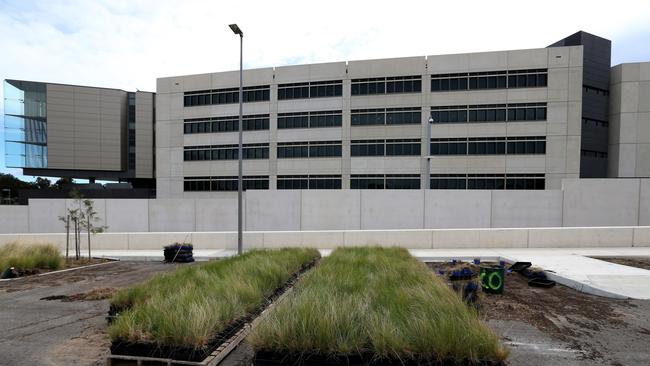Intelligence agencies risk missing ‘nasty surprises’, ASPI report warns
A crack team of intelligence forecasters is needed to spot looming threats, a new report warns.

Australia’s intelligence agencies are at risk of missing the next big strategic shift that could threaten the nation’s security, according to a new report that calls for the formation of a crack team of forecasters to spot looming threats.
The Australian Strategic Policy Institute report, by intelligence community insider Chris Taylor, says national security agencies are not committing sufficient resources to predicting looming threats that could have profound impacts on our future.
The warning comes as the Albanese government considers a major review recommending an overhaul of intelligence laws to respond to growing national security challenges.
Mr Taylor, a national security official with more than 20 years’ experience, warns the collapse of so-called “strategic warning time” – the time before a threat becomes reality – has left the nation exposed to “nasty surprises”.
He said “strategic warning intelligence” is focused on the full range of threats Australia faces, including “grey zone” behaviour that falls short of all-out war.
But its success relies on analytical effectiveness, the ability to persuade decision-makers, and the timeliness of advice, his report warns.
“Integrating strategic warning intelligence with response mechanisms is critical. Done well, it empowers decision-makers to try to change the future, not just accept their fate,” it says.


“Intelligence-enabled shifts in alert posture or diplomatic signalling may be enough to dissuade aggressors from hostile actions.”
Mr Taylor’s report calls for the intelligence community to develop a “discrete, institutional strategic warning intelligence function”, dubbed the Australian Centre for Strategic Warning.
“This would recognise the distinct skills, analytical focus and interface with decision-making thus entailed – and the vital national interests at stake,” he says, urging the government to consider the proposal in the context of its upcoming amendments to national intelligence laws.
The proposed new strategic warning function should be located within the Office of National Intelligence, Mr Taylor says, and its first task should be a classified simulation exercise based on an economic coercion or regional crisis scenario.
He warns its effectiveness will depend on its ability to influence decision-makers of looming threats, quoting former American diplomat Henry Kissinger, who once declared: “You warned me, but you did not persuade me.”

“Setting a warning threshold haunts analysts and agencies. Too low a threshold leads to being ‘the boy who cried wolf’; too high risks intelligence being actioned too late,” Mr Taylor warns.
Australia’s strategic warning time for years was assumed to be at least a decade, but has been effectively reduced to zero, reflecting threats posed by cyber attacks and weapons such as hypersonic missiles that neutralise geographic distance, as well as pressing geopolitical risks in the South China Sea and Taiwan Strait.
The government is looking at proposed reforms to the intelligence community proposed by independent reviewers Heather Smith and Richard Maude. The ASPI hopes Mr Taylor’s proposed Australian Centre for Strategic Warning will be considered in the context of its upcoming changes.




To join the conversation, please log in. Don't have an account? Register
Join the conversation, you are commenting as Logout